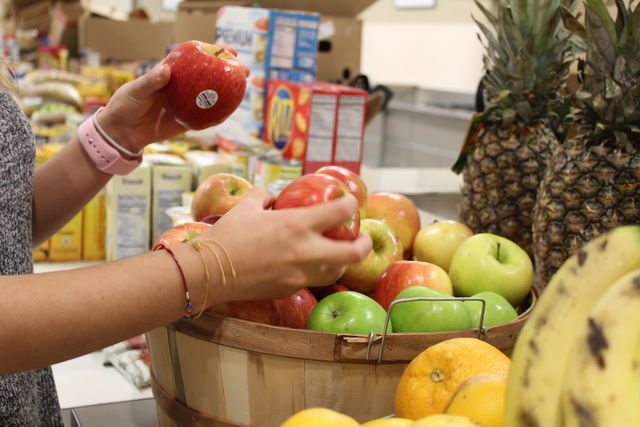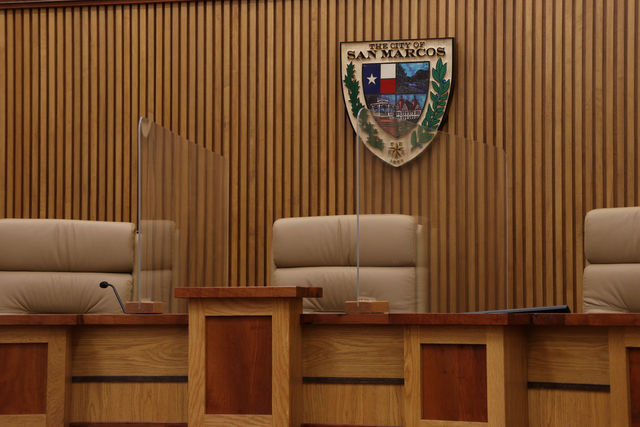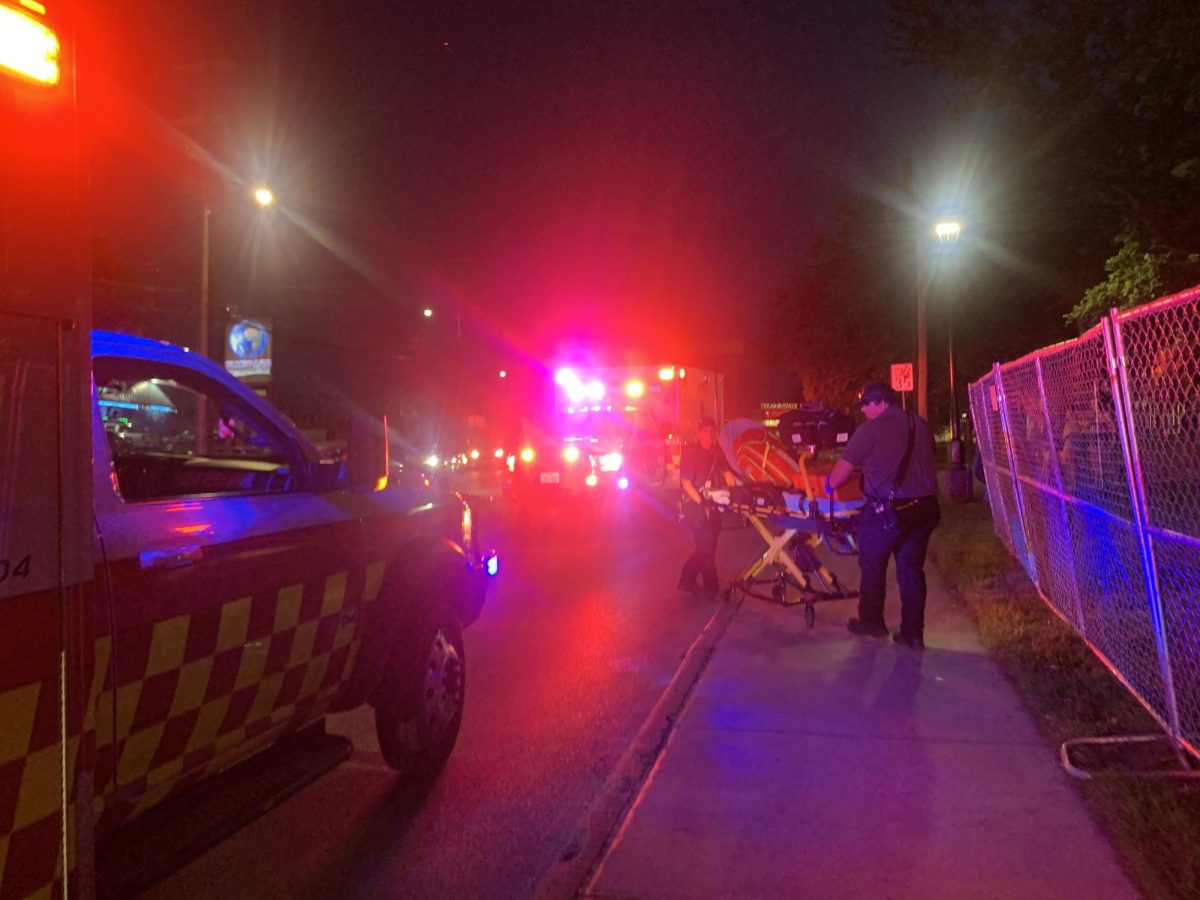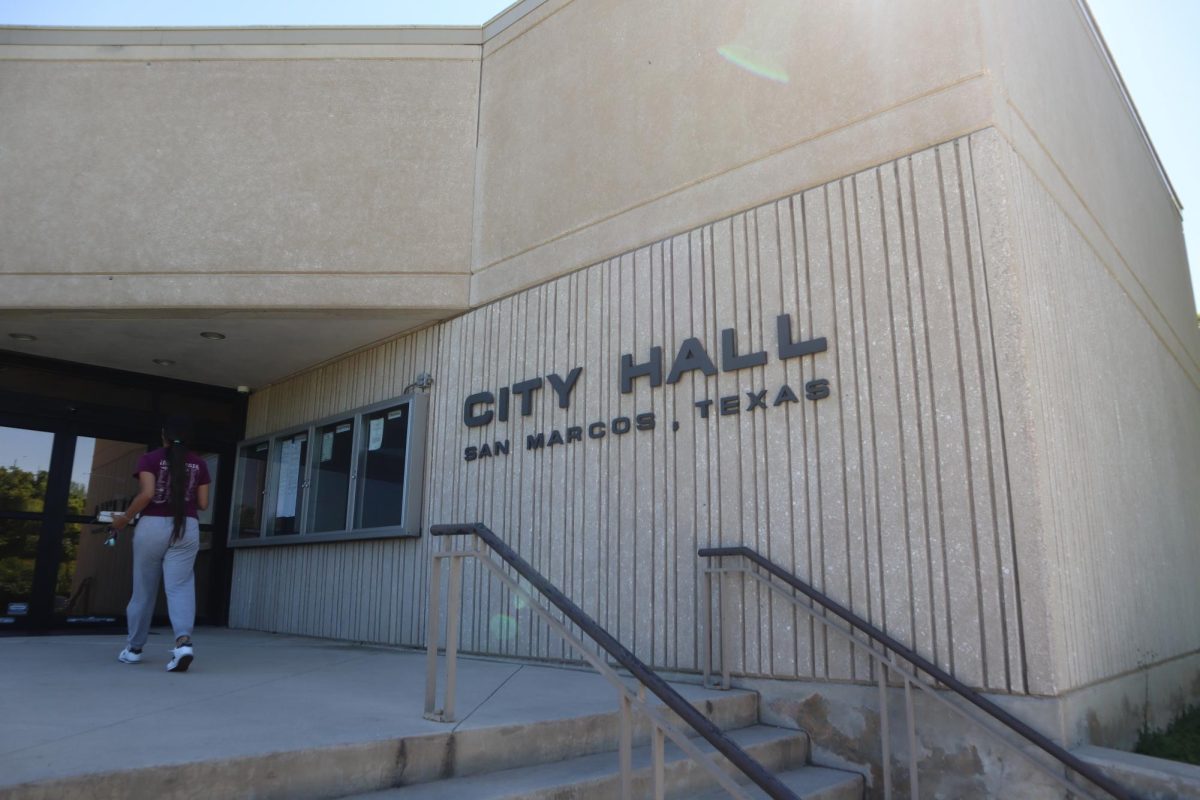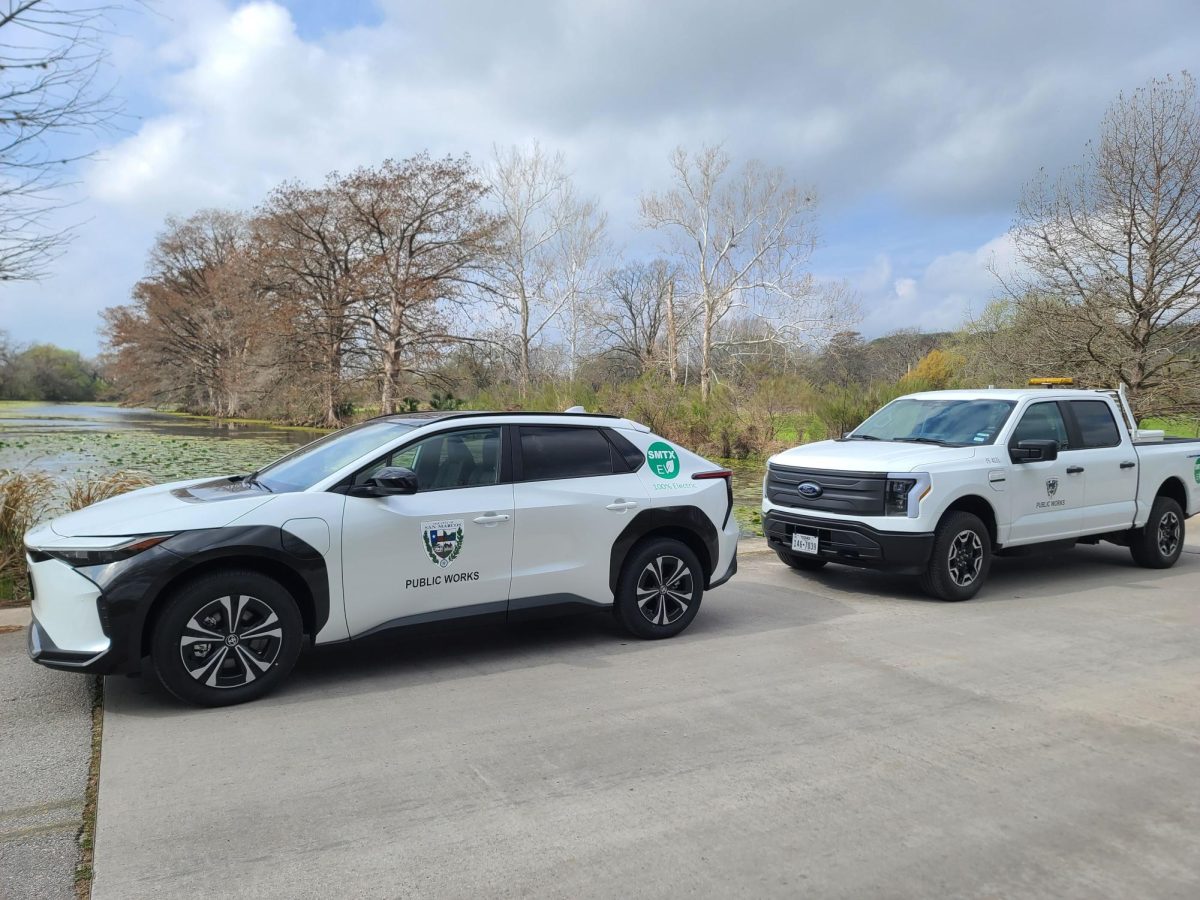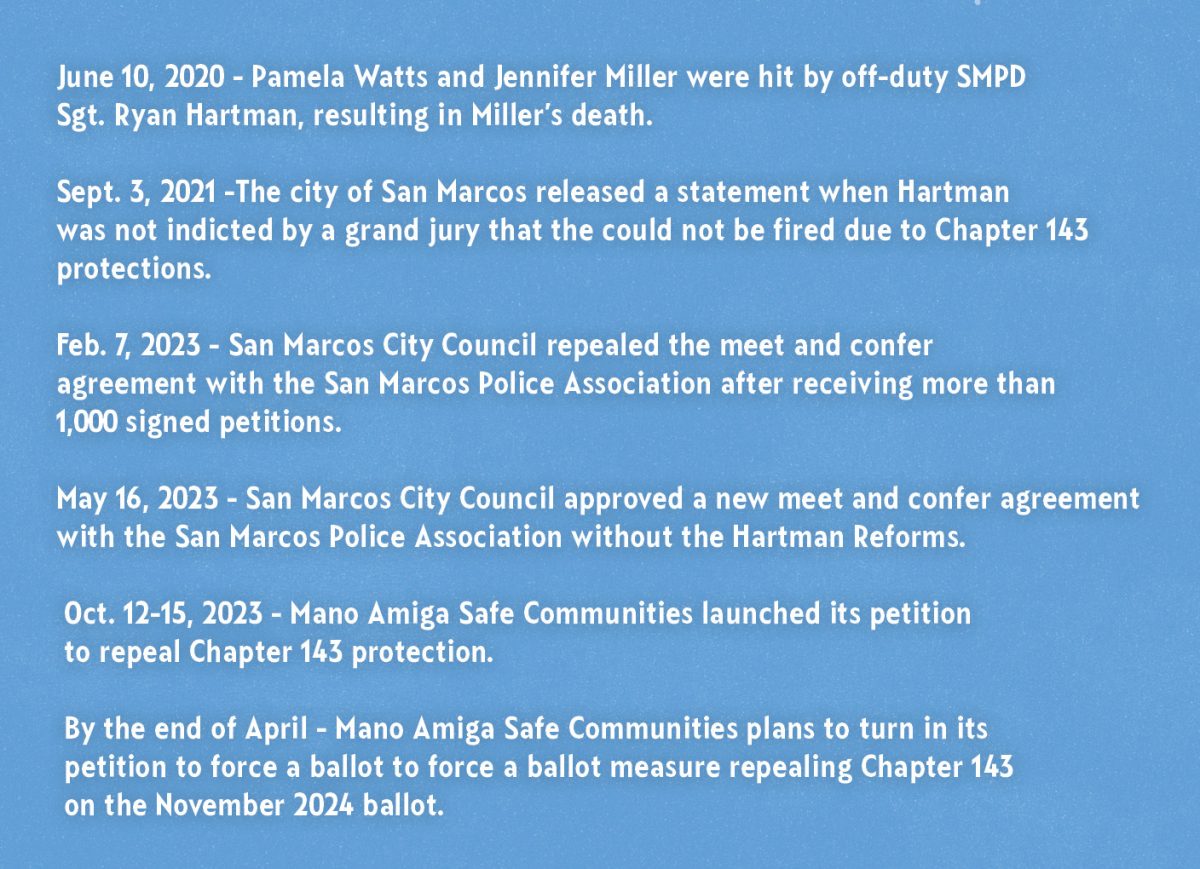Nearly half of Texas State students suffer from food insecurity as the city’s poverty rate continues to grow at a rate three times that of the entire state of Texas.
According to the U.S. Census Bureau’s 2016 estimate of poverty for San Marcos, 35.8 percent of residents fall under the federal definition of the poverty threshold. Hannah Thornton, clinical assistant professor and dietetic internship director for the School of Family and Consumer Sciences, found during a 2017 quantitative survey of 1,300 students that 40.6 percent were food insecure, defined by the U.S. Department of Agriculture as a lack of consistent access to enough food for an active and healthy life.
“There are structural issues or larger scale issues that need to be addressed, in order to actually shift that number,” Thornton said. “So having a campus food pantry makes a big difference for the people who are served by it but it cannot be the only solution for food insecurity on this campus.”
Opened since February 2018, Bobcat Bounty, a student-run food pantry, has distributed over 1,500 bags of groceries and served an average of 100 clients weekly, according to Thornton. Bobcat Bounty is a client-choice pantry, meaning students can choose the groceries they would like instead of picking up a pre-packaged bag. According to Thornton, this is to ensure students are not afraid of running into professors.
Megan Salinas, anthropology junior, went through food insecurity as a single mother during her late teen years.
“When I was like 18 or 19, that was a difficult time where I did have a lot of food insecurity issues going on but it was mainly just working a minimum-wage job and not having a lot of access (to food),” Salinas said. “Also I’m a single mother with two kids so it’s always kind of been a hand-to-mouth situation working two jobs to make ends’ meet.”
Thomas Longoria, political science professor, published research in 2017 over the poverty rates in San Marcos and other college towns. Among the seven college towns throughout the U.S. examined by Longoria, San Marcos had one of the highest student and non-student poverty rates.
“I think there’s a growing recognition that issues like hunger, like poverty, like housing in San Marcos, should be addressed by considering the students and residents at the same time,” Longoria said.
Longoria said there are multiple faculty members across campus interested in students’ food insecurity and looking at solutions such as food distribution and community gardens.
Mallory Best, communications coordinator for the Hays County Food Bank, said about 10 percent of the total distribution is made by on-campus partner agencies like Bobcat Bounty and the United Campus Ministry, which totals together at 140 weekly distributions.
“We know there’s a bit of a disconnect, we’re not sure where these (food insecure) students are, but we do know there is a large population that qualifies for our services and we’ve been trying to reach out to as many as possible,” Best said. “But, we are missing some people and getting the word out that we exist and that the distributions exist is one of the biggest obstacles we’ve had to face.”
According to the Hays County Food Bank, 1-in-7 Hays County residents qualify for their services and are food insecure but only an average of 700 to 1,000 households attend weekly distributions.
Alejandro Allen, cultural anthropology graduate student, is writing his thesis about the experiences of college students living with food insecurity and the factors that contribute to it. According to Allen’s research, many students cited the rising cost of housing and schooling as the reason for their food insecurity.
“The bulk of the students that I’ve talked to that fall in and out of food insecurity are not necessarily always needing access to food or always needing to use food banks,” Allen said. “It’s usually worse at times like the end of the month, right before they get paid or even at the end of the semester after their student loans run out.”
Allen said students in his research suggested information sessions during freshman orientation about food resources available, booths on the quad and tackling state and national issues such as tuition and textbook affordability as tactics to solve food insecurity.
Salinas said she believes the city of San Marcos should require grocery stores and restaurants to donate leftover food, which would be helpful to reduce both waste and hunger.
“There’s a surplus of food (in the U.S.) and there is still people going hungry, it just doesn’t make sense,” Salinas said. “I don’t think (the U.S.) is trying to make any strides in that direction on purpose. I don’t think that there’s a lot of concern as far as top-down governance. I don’t think there’s a lot of concern higher up in the rankings for how to help food insecure people really find food security and have it be sustainable.”
To receive food distributions from the Hays County Food Bank, a one-person household must be at or below 185 percent of the annual poverty threshold, which equals $6,750 or participates in government assistance programs.
More information about Hays County Food Bank can be found at haysfoodbank.org and Bobcat Bounty can be found at dieteticinternship.fcs.txstate.edu/Bobcat-Bounty.

April 19, 2024
April 19, 2024
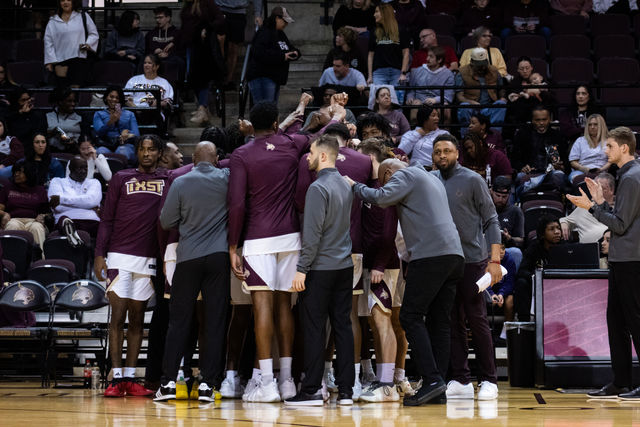
April 18, 2024

April 18, 2024

April 18, 2024
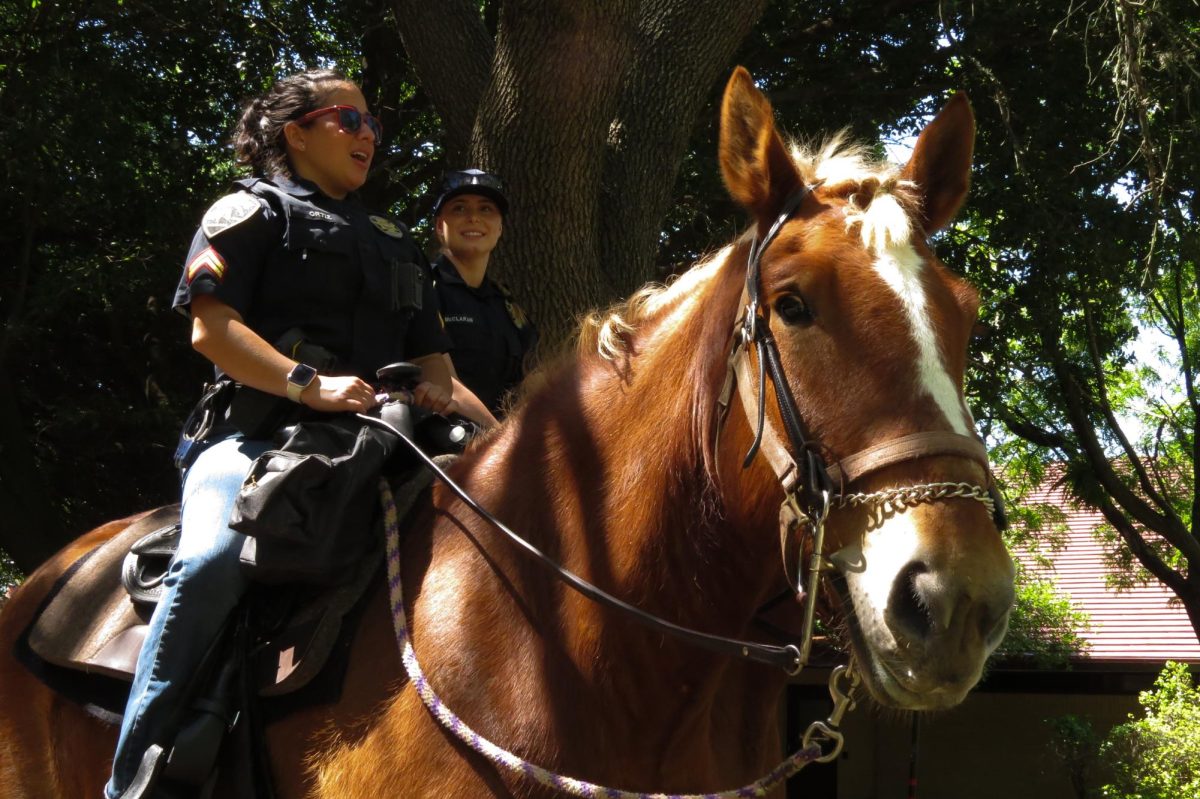
April 18, 2024
Students battle alarming food insecurity rates
November 21, 2018
In this file photo, Bobcat Bounty volunteers prepare food for students and residents waiting for distributions.
Donate to The University Star
Your donation will support the student journalists of Texas State University. Your contribution will allow us to purchase equipment and cover our annual website hosting costs.
More to Discover
SECTIONS
SERVICES
CONTACT INFORMATION
universitystar.com
601 University Drive
San Marcos, TX 78666
Phone: 512-245-3487
Email: [email protected]
601 University Drive
San Marcos, TX 78666
Phone: 512-245-3487
Email: [email protected]
© Copyright 2024 The University Star 601 University Drive, San Marcos, TX | Privacy Policy
© Copyright 2024 The University Star 601 University Drive, San Marcos, TX | Privacy Policy

